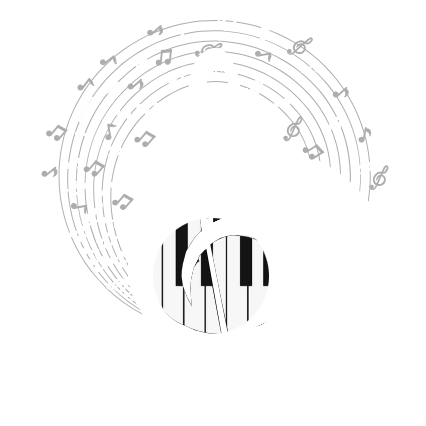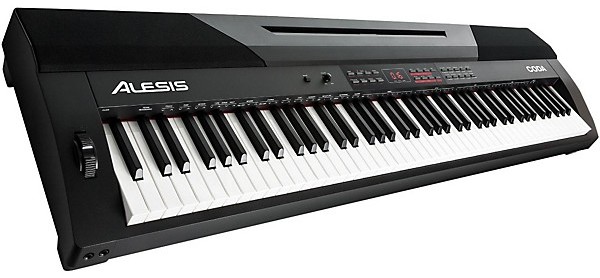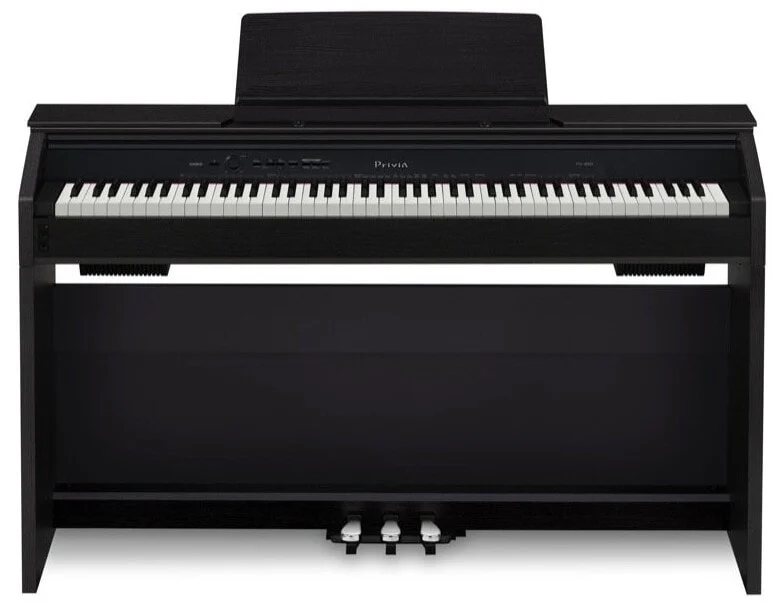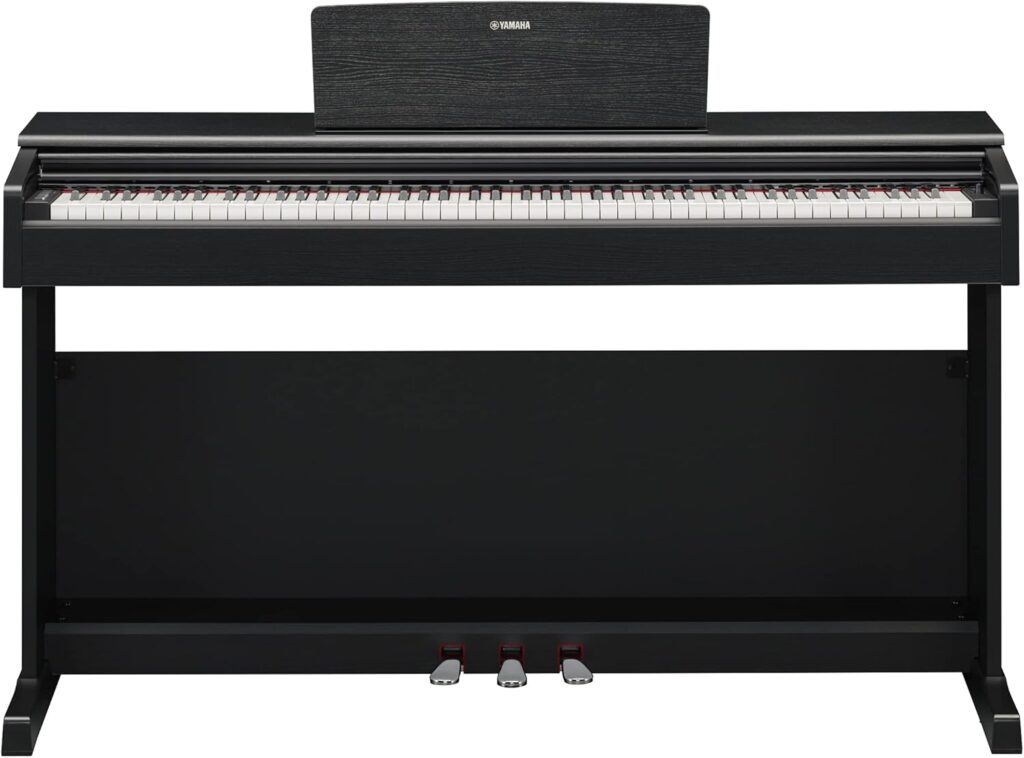What Is Touch Sensitivity in a Piano?
It’s All About How the Piano Responds to You
Touch sensitivity—sometimes called velocity sensitivity—means the piano responds to how hard or soft you press the keys. Play gently, and the sound is soft. Press harder, and the sound gets louder. It’s what makes digital pianos feel more like real instruments.
Without It, Everything Sounds the Same
On non-touch-sensitive keyboards, every note plays at the same volume—no matter how you play. That may be fine for simple melodies, but it seriously limits musical expression.
How Touch Sensitivity Impacts Playing Style
Brings Expression to Your Music
Touch-sensitive pianos allow you to shape each note. Want to play a quiet lullaby? Use a light touch. Playing a powerful crescendo? Press harder. This dynamic control makes your music feel alive.
Teaches Proper Technique from the Start
Piano playing isn’t just about hitting the right notes—it’s about how you hit them. Touch sensitivity trains your fingers to control volume and develop finesse early on.
Why It’s Essential for Beginners
Builds Good Habits from Day One
Starting with a touch-sensitive piano means learning how to control dynamics naturally. It encourages better posture, hand strength, and listening skills.
Prepares You for Acoustic Pianos
Acoustic pianos are inherently touch-sensitive. Practicing on a keyboard without this feature won’t prepare you for the feel and response of a real instrument later on.
Common Myths About Touch Sensitivity
“I Don’t Need It as a Beginner” – False
Even simple songs benefit from dynamic playing. Without touch sensitivity, everything sounds robotic—even “Twinkle Twinkle Little Star.”
“Only Expensive Pianos Have It” – Also False
Plenty of affordable digital pianos and keyboards under $500 offer velocity-sensitive keys. Just check the specs before buying.
How to Know If a Keyboard Is Touch-Sensitive
Look for “Velocity-Sensitive” or “Touch Response” in the Specs
These terms usually mean the keys respond to your playing pressure.
Test It Yourself If You Can
Play the same note softly, then firmly. If it sounds different each time, that’s touch sensitivity in action. If not—it’s time to keep shopping.
What Happens Without It?
Flat, Lifeless Sound
All your playing will come out at the same volume. No emotion, no nuance—just one flat dynamic.
Harder to Transition Later
If you upgrade to a better instrument later, you’ll have to relearn how to control volume and dynamics with your hands.
Conclusion: Touch Sensitivity Isn’t Optional—It’s Foundational
Whether you’re just starting or picking it up again, touch sensitivity makes a world of difference. It brings your music to life, helps you play with feeling, and trains your hands to express more than just notes. Even if you’re on a budget, it’s one feature you shouldn’t skip. Trust us—your music will thank you.
FAQs
1. What does “touch-sensitive” mean on a digital piano?
It means the sound changes based on how hard or softly you press the keys, just like an acoustic piano.
2. Can you learn piano on a non-touch-sensitive keyboard?
Technically, yes—but you’ll miss out on dynamic control and risk developing poor technique.
3. Is touch sensitivity the same as weighted keys?
No. Touch sensitivity controls volume based on pressure. Weighted keys simulate the resistance of an acoustic piano.
4. Do all digital pianos have touch sensitivity?
Not all—especially budget keyboards. Always check the specs before buying.
5. Why does my piano feel touch-sensitive but still sound flat?
Check if the touch response feature is turned off in settings, or if the model has very limited velocity layers.



